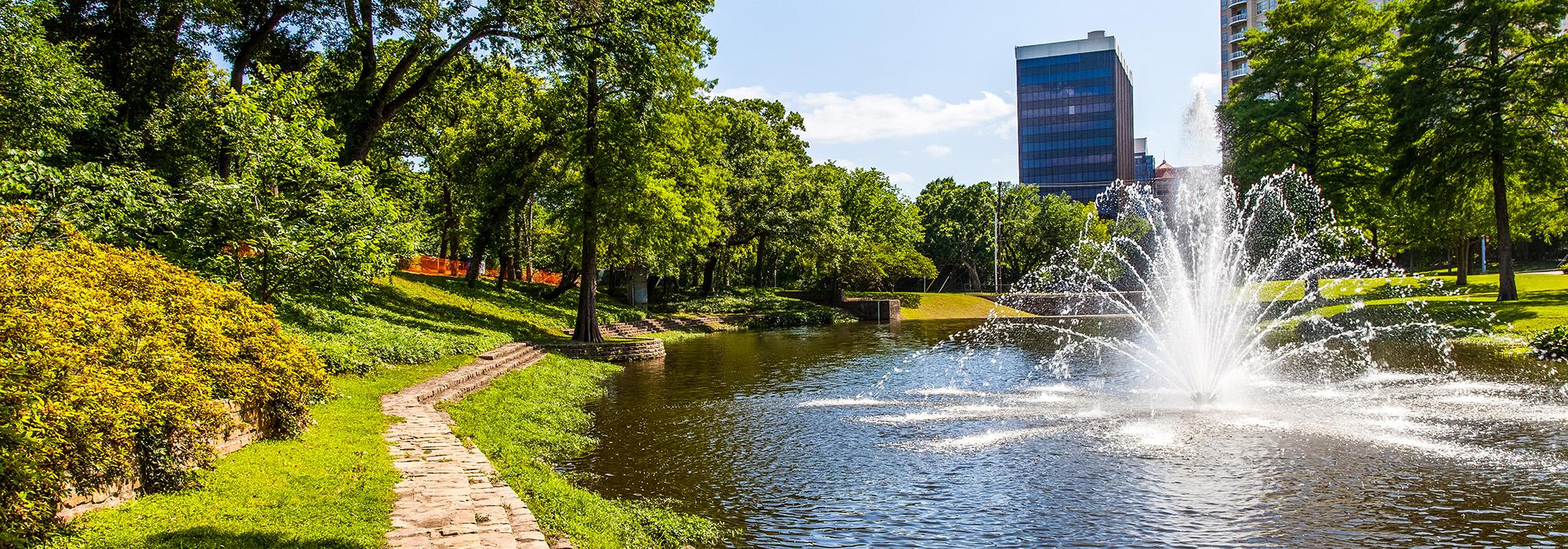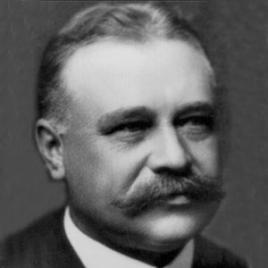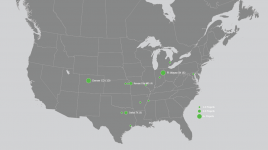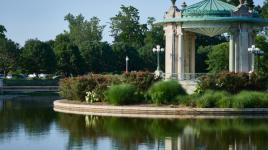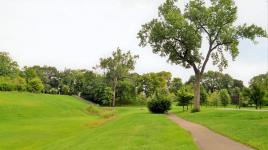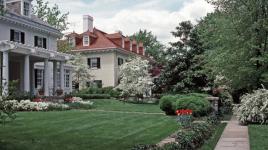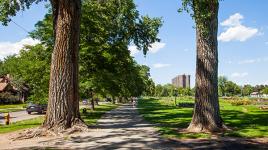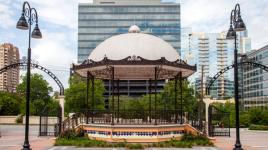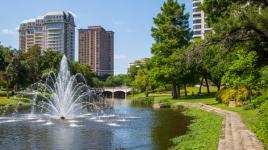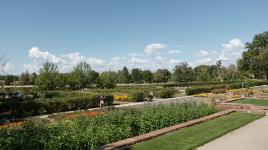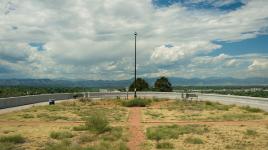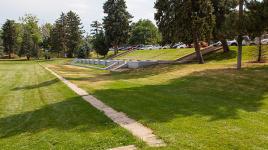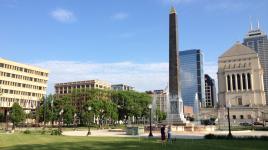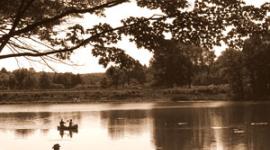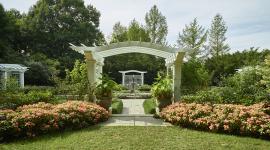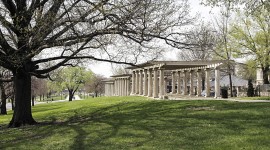Pioneer Information
Born in a small village in Germany, Kessler moved with his family to the United States when he was three years old. At sixteen years of age, he returned to Germany for his education. After his studies in botany, forestry, and design, and further instruction in civil engineering, he returned to New York in 1882. Like Adolph Strauch and Reinhard Schuetze, Kessler brought nineteenth-century German design training to American landscape architecture.
A recommendation from Frederick Law Olmsted, Sr., led to Kessler’s first U.S. project, a park in Merriam, Kansas, which, in turn, resulted in commissions for several subdivision plans, including Hyde Park in Kansas City, Missouri; Euclid Heights in Cleveland, Ohio; and the first phase of Roland Park in Baltimore, Maryland. In 1901, Kessler began work on a system of parks and parkways for Memphis, Tennessee, and his highly successful design for the landscape of the 1904 Louisiana Purchase Exposition in St. Louis established his national reputation.
Facing endemic anti-German sentiment during World War I, Kessler served his adoptive country by designing wooden training facilities known as cantonments with the U.S. Army Corps of Engineers. His efforts earned him the belated respect of his professional colleagues. In 1919, they elected him a member of the American Society of Landscape Architects, of which he became the vice president in 1923. Today, Kessler is best known for the park systems he designed for Kansas City, Cincinnati, Fort Worth, Houston, Dallas, Memphis, Indianapolis, and Fort Wayne (Lawrence Sheridan carried the latter two projects forward following Kessler’s death in 1923).



